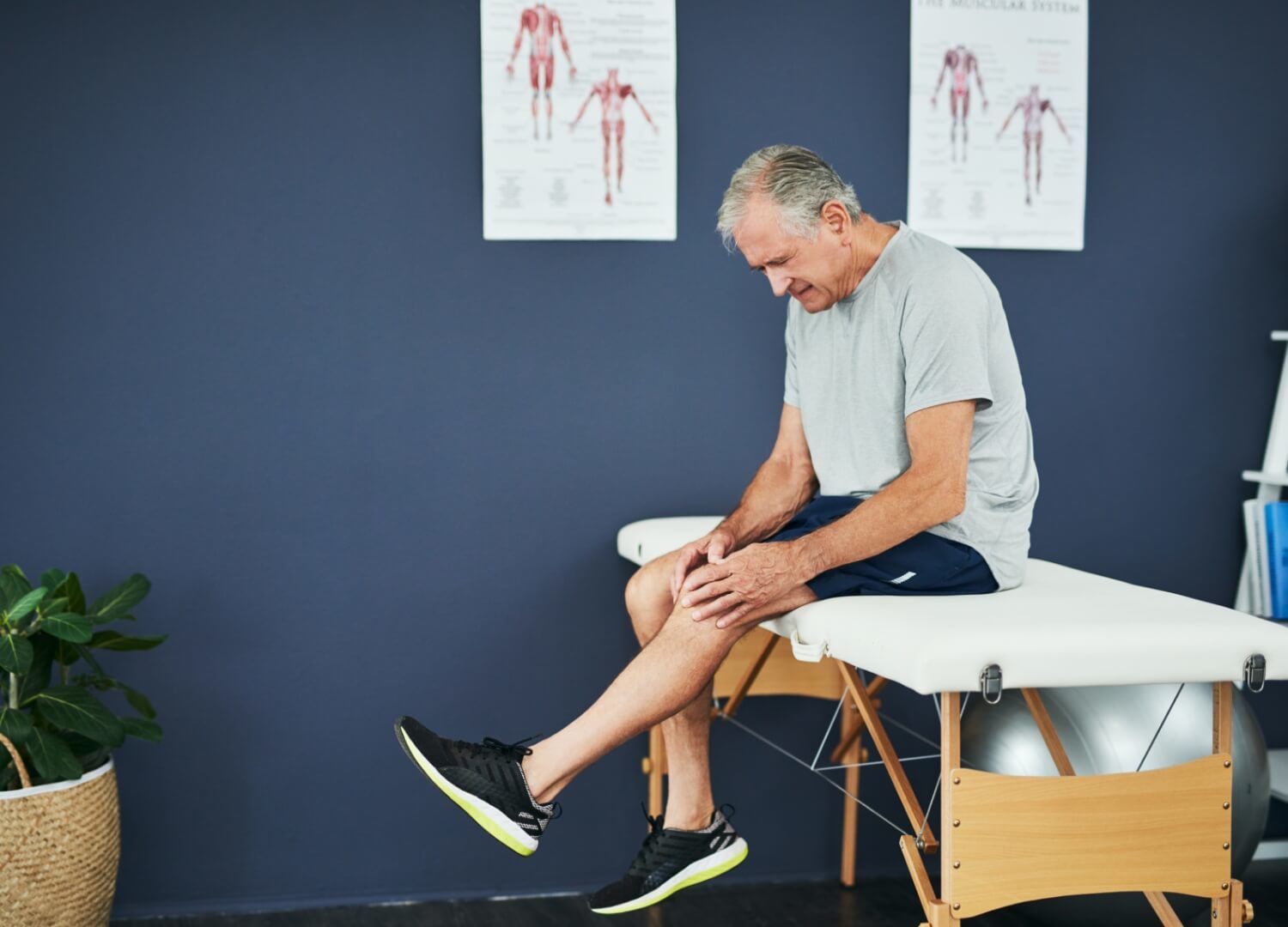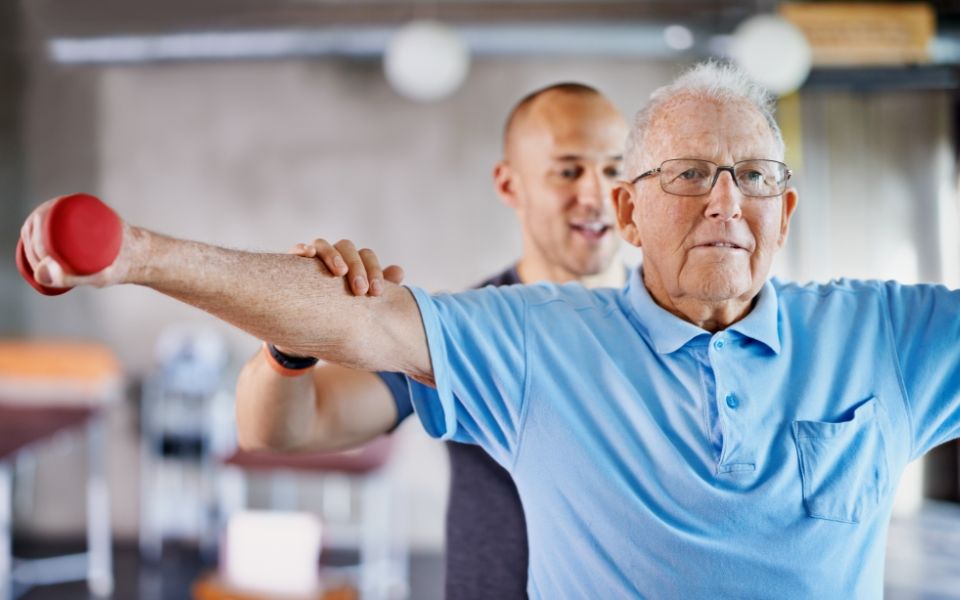Benefits of Exercise for Osteoarthritis - Reduce pain and stiffness: Exercise can help reduce pain and stiffness in your joints by strengthening the muscles around them and improving blood flow to the affected areas.
- Improve joint function and flexibility: Regular exercise can help improve joint function and flexibility, making it easier to perform everyday activities.
- Strengthen muscles around the joints: Strong muscles provide support and stability to your joints, reducing the strain on the cartilage and minimizing pain.
- Enhance overall fitness and well-being: Exercise can help you maintain a healthy weight, reduce stress, and boost your overall mood and energy levels.
| Managing Pain During Exercise - Use pain as a guide, not a barrier: Some discomfort during exercise is normal, but if you experience sharp or persistent pain, stop the activity and consult your doctor or exercise physiologist.
- Modify exercises as needed: If certain exercises cause pain, modify them or try alternative exercises that are less stressful on your joints.
- Use appropriate pain management techniques: Use appropriate pain management techniques, such as ice packs, heat therapy, or over-the-counter pain relievers, as recommended by your doctor.
- Communicate with your doctor or exercise physiologist: Keep your doctor or exercise physiologist informed about your exercise routine and any pain you experience so they can monitor your progress and adjust your program as needed.
|
Types of Exercise for Osteoarthritis - Low-impact aerobic exercise: Low-impact aerobic exercise, such as walking, swimming, or cycling, is gentle on your joints and can help improve cardiovascular fitness and overall health.
- Strength training: Strength training exercises, such as lifting weights or using resistance bands, can help strengthen the muscles around your joints and improve joint stability.
- Range-of-motion exercises: Range-of-motion exercises help maintain or improve the flexibility of your joints, reducing stiffness and improving mobility.
- Water-based exercises: Water-based exercises, such as water aerobics or swimming, provide support for your joints and reduce the impact on them while still providing a good workout.
| Finding the Right Exercise Program for You - Consider your individual needs and limitations: Choose exercises that are appropriate for your fitness level, joint condition, and overall health.
- Seek guidance from an exercise physiologist: Consult a qualified exercise physiologist to develop a personalised exercise program that suits your specific needs and goals.
- Find an enjoyable and sustainable exercise routine: Choose activities that you enjoy and can incorporate into your daily routine to maintain a consistent exercise habit.
|
Exercise Guidelines for Osteoarthritis - Start slowly and gradually increase intensity: Begin with short, low-intensity workouts and gradually increase the duration and intensity as your fitness level improves.
- Listen to your body and rest when needed: Pay attention to your body's signals and rest when you feel pain or fatigue. Don't push yourself too hard, especially when starting a new exercise program.
- Warm up before exercise and cool down afterward: Warm up with light activity before your workout and cool down with gentle stretches afterward to prevent injuries.
- Work with a qualified exercise professional: Seek guidance from a qualified exercise professional, such as a physiotherapist or certified personal trainer, to develop a safe and effective exercise program tailored to your needs and limitations.
| Conclusion Regular exercise is an essential part of managing osteoarthritis and improving your overall health and well-being. By following these guidelines and working with a qualified exercise professional, you can find an exercise program that suits your needs and helps you live a more active and fulfilling life. |



